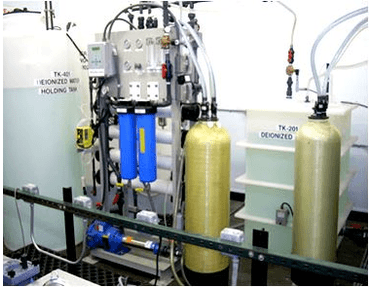BACTERIAL CONTAMINATION OF DIALYSIS WATER AND DIALYSATE AT MUKALLA ARTIFICIAL KIDNEY CENTER IN MUKALLA CITY - HADHRAMAUT - YEMEN: RATE OF CONTAMINATION AND SENSITIVITY OF BACTERIAL ISOLATES TO ANTIBIOTICS
Keywords:
Bacterial contamination, dialysis water, dialysate, hemodialysis, YemenAbstract
Objective: Water treatment systems are a vital factor in dialysis therapy and precise control of hemodialysis water bacteriological quality is predominantly important in order to assurance a better quality of life of the hemodialysis patients. The purpose of this study was to detect the level of contamination in hemodialysis water and dialysate by bacteria in Mukalla Artificial Kidney Center and investigate the antimicrobial resistance patterns of isolated bacteria.
Methods: Forty eight samples of water and dialysate were assembled weekly over a period of 3 months from 4 points. Bacteriological analysis of samples was carried out then antimicrobial susceptibilities patterns of isolated bacteria were concluded by disk diffusion method.
Results: The mean of total count of bacteria for dialysis water and dialysate were higher than the recommended values (100 CFU/ ml). The isolated bacteria which colonized the hemodialysis systems were mostly Gram-negative bacilli as Pseudomonas sp., Serratia sp., Citrobacter sp. and Enterobater sp. In general, most of the isolated bacteria were poorly responsive to antibiotics.
Conclusion: In conclusion: Dialysis water and dialysate not passed to meet the bacteriological provisions for hemodialysis. To reduce the hazard of contaminants for hemodialysis patients, a sufficient system for water treatment, disinfection of hemodialysis system, and bacteriological contamination monitoring of the water and dialysate are necessary.

Peer Review History:
Received 1 October 2019; Revised 5 November; Accepted 27 December; Available online 15 January 2020
Academic Editor: Rola Jadallah , Arab American University, Palestine, rola@aauj.edu
, Arab American University, Palestine, rola@aauj.edu
Reviewer(s) detail:
Dr. Maya Shaaban Eissa Hussein , Egyptian Russian University, Egypt, maya-shaaban@hotmail.com
, Egyptian Russian University, Egypt, maya-shaaban@hotmail.com
Dr. Ali Abdullah A. Al-Mehdar , University of Basrah, Iraq, asia_abdullah65@yahoo.com
, University of Basrah, Iraq, asia_abdullah65@yahoo.com
Downloads

Published
How to Cite
Issue
Section

This work is licensed under a Creative Commons Attribution-NonCommercial 4.0 International License.









 .
.